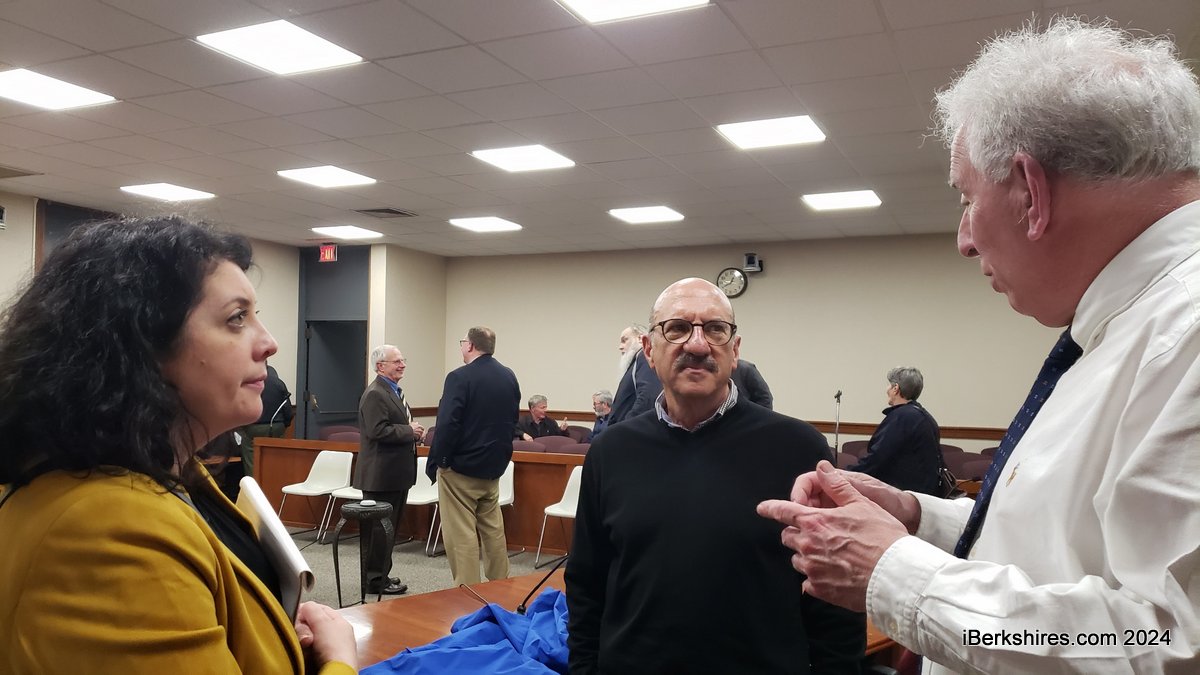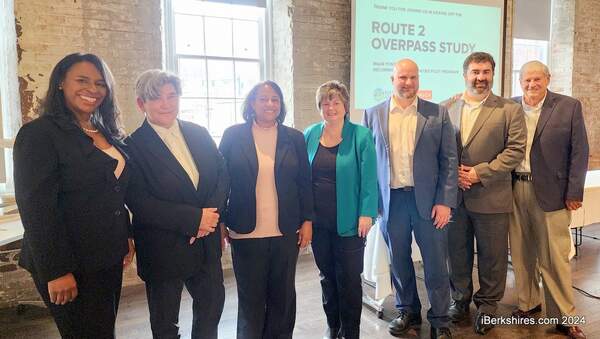Protect Three Key Goals With Life Insurance
 |
September is Life Insurance Awareness Month. And "awareness" is an appropriate designation, because many people remain unaware of the many ways in which life insurance can help families meet their key financial goals. Here are three of the biggest of these objectives, as seen through the eyes of a hypothetical couple, Jim and Joan:
* Pay off mortgage: Jim and Joan have a 30-year mortgage. If one of them dies well before that mortgage is paid off, could the other one afford to keep making payments to remain in the house with the children? It might be quite difficult – many families absolutely need two incomes to pay a mortgage, along with all the other costs of living. At the very least, the death of either Jim or Joan would likely put an enormous financial strain on the surviving spouse. But with the proceeds of a life insurance policy, the survivor could continue making the house payments – or possibly even pay the mortgage off completely, depending on the size of the policy and other financial considerations.
* Educate children: Higher education is important to Jim and Joan, and they would like to see both of their young children eventually go to college. Of course, college is expensive: For the 2016-17 school year, the average cost (tuition, fees, room and board) was about $20,000 for in-state students at public universities and more than $45,000 for private schools, according to the College Board. And these costs are likely to continue climbing. Jim and Joan have started putting money away in a tax-advantaged 529 savings plan, but if something were to happen to one of them, the surviving spouse might be hard pressed to continue these savings at the same level – or at any level. But the proceeds of a life insurance death benefit could be enough to fund some, or perhaps all, of the college costs for Jim and Joan's children.
* Provide for family's future: Jim and Joan's future income is their most valuable asset as they continue working. However, an unexpected death could leave this dual-income family with a single income that may not cover all financial obligations and retirement contributions – or even preserve the family's current lifestyle. Life insurance could help cover these needs. Plus, the death benefit to the family may be tax-free.
Clearly, a life insurance policy could allow Jim or Joan to continue on with life, despite, of course, the devastating emotional loss of a partner. But how much insurance should they own? You might read that most people need a death benefit of seven to 10 times their annual income. This might be a good starting point, but everyone's situation is different. You should consider all factors – including liabilities, income replacement, final expenses and education – to get an accurate picture of how much insurance is appropriate. A financial professional can help you with this calculation.
During Life Insurance Awareness Month, take some to time review your insurance situation. You may already have some life insurance, but it's a good idea to review your coverage to make certain the amount and type of insurance is still appropriate for your needs. As we’ve seen, the right coverage can make a huge difference in the lives of your loved ones.
This article was written by Edward Jones for use by your local Edward Jones Financial Advisor. Courtesy of Walter Lother, Financial Advisor, in North Adams, at 413-664-9253. Edward Jones, its employees and financial advisors cannot provide tax or legal advice. You should consult your attorney or qualified tax advisor regarding your situation.
Tags: life insurance,

.jpg)















